The Forgotten Entrance to Clinton Hall
Hidden in one of New York's oldest subway stations is the final remnant of the site of the bizarre Shakespeare Riots.
This blocked up doorway on a subway station holds a secret that is still felt on the streets of New York today.
The Astor Place subway station on the IRT Lexington Avenue line is home to some of the most distinctive tilework on the New York metropolitan subway system. One of the original 28 subway stations, the walls are decorated with plaques depicting beavers, in honor of the pelt trade in which John Jacob Astor made his fortune.
But often overlooked, on the southbound entrance is a bricked up doorway with a lintel inscribed “Clinton Hall.” At one point, this led directly into the old New York Mercantile Library in the former Astor Place Opera House. The library, known as Clinton Hall, at 21 Astor Place, was created for the growing number of clerks in the city. With a membership of 12,000, the library held over 120,000 volumes, one of the largest periodical subscriptions in the city, cabinets of curiosities, and held lectures by such luminaries as Ralph Waldo Emerson, Frederick Douglass, and Mark Twain.
The address, named after America’s once-richest man, was the site of one of the most bizarre events in New York history. The library building’s previous tenant was the Astor Place Opera House, and in 1849 there took place an evening of violence, whose after-effects are still felt today: the Shakespeare Riots!
On May 7, 1849, a riot broke out at the Opera House over a simmering dispute over whether English actor William Charles Macready or American born Edwin Forrest could better perform Shakespeare’s principal characters, Hamlet and Macbeth. At the heart of the riot was a long-standing discord dating back to the Revolutionary War, between the American-born natives and their former colonial overlords. Pamphlets were handed out asking “SHALL AMERICANS OR ENGLISH RULE THIS CITY?” Edwin Forrest was championed by the Bowery gangs of the infamous Five Points, while Macready was championed by the more Anglophile upper classes. As violence broke out on the night of the performance, the city ordered armed militia to quell the riots. With soldiers firing into the crowds of over 10,000 protestors, at least 25 civilians were killed. The Tribune reported that, “as one window after another cracked, the pieces of bricks and paving stones rattled in on the terraces and lobbies, the confusion increased, till the Opera House resembled a fortress besieged by an invading army rather than a place meant for the peaceful amusement of civilized community.”
The Opera house closed soon after, becoming the Mercantile Library. In 1904, the original building was replaced by the 11-story structure that is there today. The library created for the city’s clerks moved to East 47th Street, and in 2019 relocated to Brooklyn as the combination library-nonprofit the Center for Fiction; its first headquarters were turned into apartments, and its private member’s entrance leading from the Astor Place subway station was bricked up. If that entrance were open today, it would lead up into a ubiquitous Starbucks.
The Shakespeare Riots themselves had a lasting effect which is still felt in New York today, as they led to the creation of the city’s first armed police force. But as to whether who between Macready and Forrest was the better Shakespearean actor, we shall never know.
Know Before You Go
The "doorway" is outside of the turnstiles on the downtown platform of the 6 train (Lexington Avenue Local).



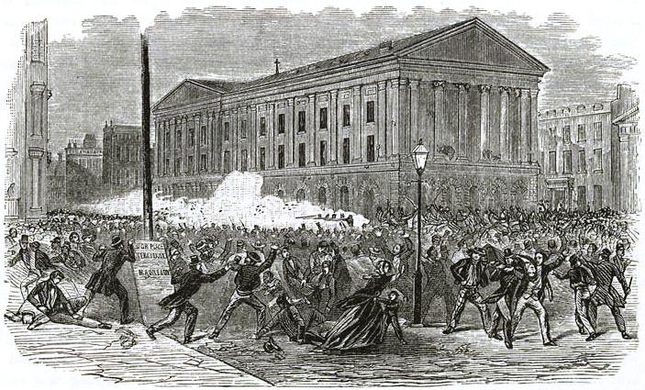
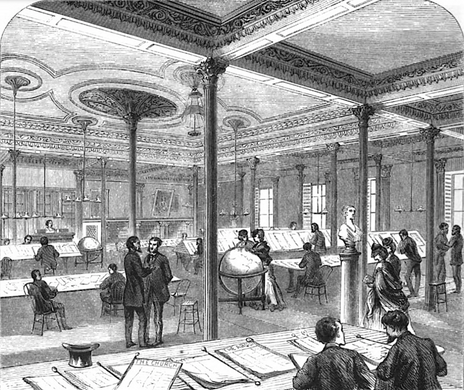







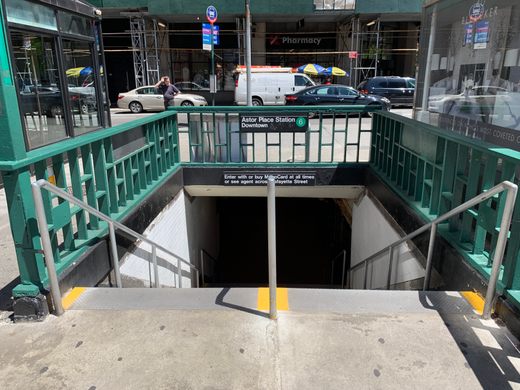
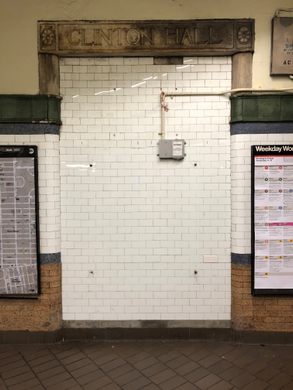
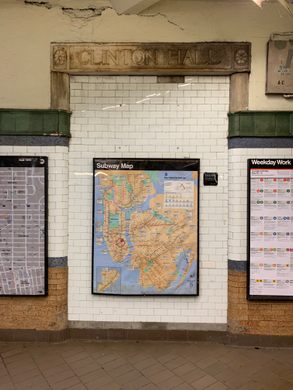












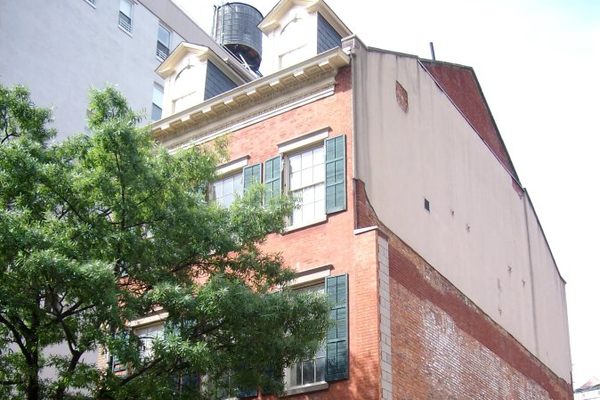
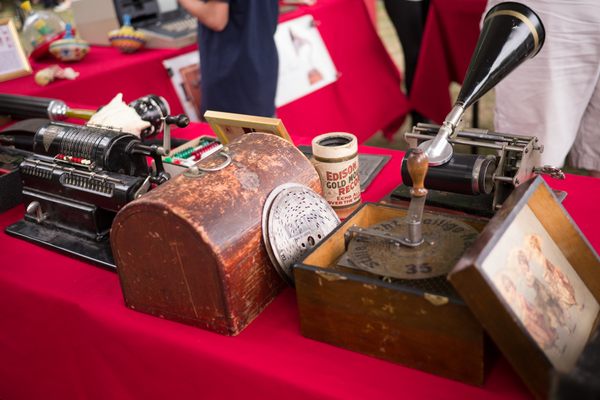



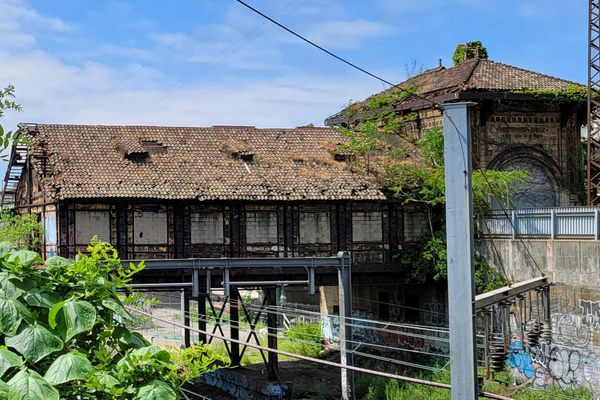
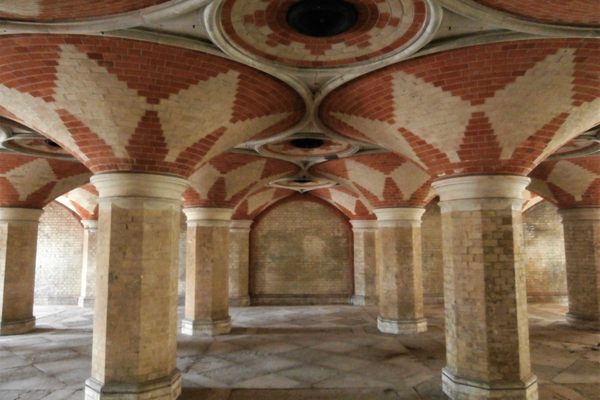




Follow us on Twitter to get the latest on the world's hidden wonders.
Like us on Facebook to get the latest on the world's hidden wonders.
Follow us on Twitter Like us on Facebook